- Hidden stories
Gendering the Armouries
Discover gender stories across the Royal Armouries collection
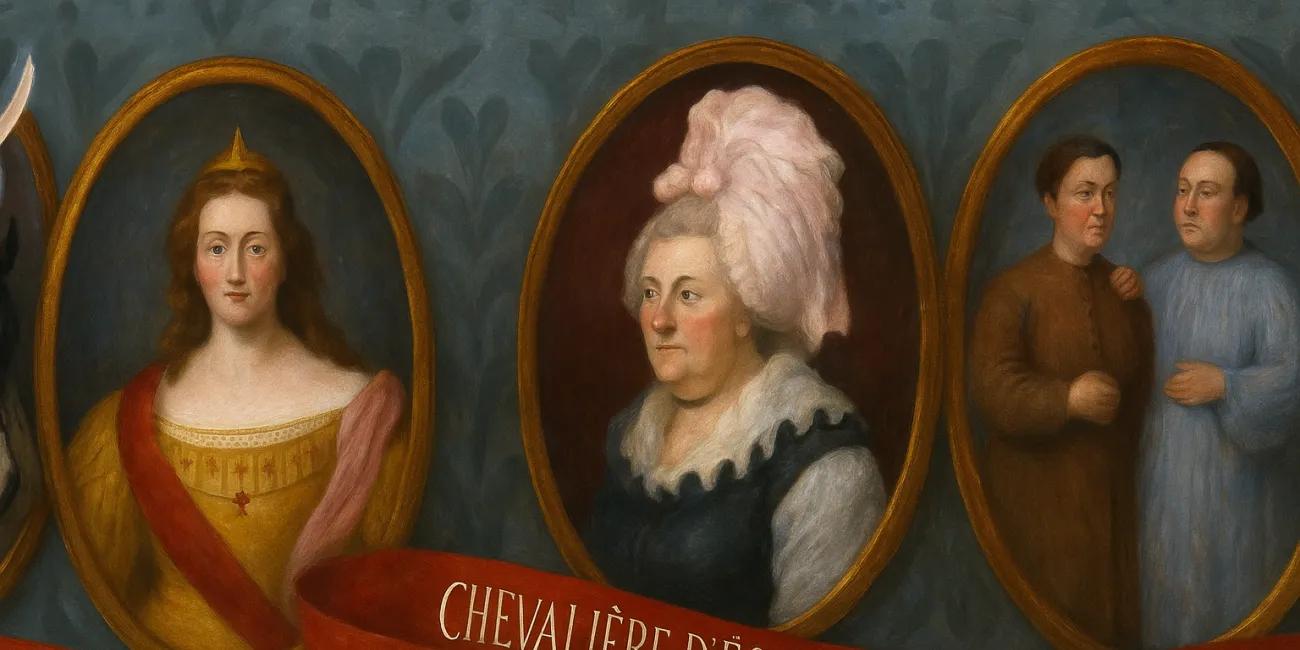
You can explore hidden histories of gender and sexuality across the Royal Armouries collection by downloading the guide map and reading the object information below.
As you find the objects, ask: What other gendered histories might be hidden in the museum’s collections? What untold stories could change the way we see the past?
This object information was written as part of Forgotten Battles: Gender in the Armouries, an exhibition and trail created in partnership with Leeds 2023 by a team of LGBTQIA+ volunteers and researchers, which challenged traditional narratives and offered fresh perspectives on arms and armour.
10 minute read
Roman gladius and scabbard mounts
The gladius enabled close-quarters combat, which was important to Roman men's social identity. This is reflected in the three figures surrounded by military symbols shown on the scabbard mount. The topmost figure (generally interpreted as male) wears armour that was common in the Roman army. This figure is widely accepted to be Mars, the god of War. Some, however, believe that it could be Bellona, goddess of War.
The bottom two female figures are likely a depiction of the winged goddess Victory. On the locket plate she appears to be writing on a shield, which hangs from a palm tree, while on the chape she seems to be holding a palm leaf. Both Victory and the palm leaf were symbols of victory in the Greco-Roman period.
Roman soldiers paid for their own equipment, making any decorations significant to their identity. The sword is inscribed on each side with the names of what were likely the successive owners of the blade, C[aius], Valeri[us], Pri[mus] and C[aius] Raniu[s].
The gladius and scabbard mount can be found on floor two (2) of the Royal Armouries Museum, in Leeds. It is on display in the War gallery, at the end of the Early War section.
Ballock dagger
This type of dagger was hung from the centre of a man's belt as a medieval joke to emphasise manhood. Used for both attack and defence, the dagger was part of an aggressive performance of male gender norms. While monarchs attempted to control the carrying of some weapons in public by restricting them to knights and upper-class gentlemen, men of all class groups wore ballock daggers. However, this was not the same for women. Medieval women may have carried knives for everyday use but they were not intended to be used as weapons.
Women were expected to be homemakers and seen to be lesser than the men in their lives, so the act of wearing a dagger as a weapon was met with disapproval. There is an example of this in an account from 1348. A group of women who wore daggers from their belts during a tournament was reported as a scandal.
This ballock dagger is on display in the Royal Armouries Museum, in Leeds. I is located in the War gallery, in the 'knighthood and chivalry' display case between the Agincourt diorama and a replica tomb of Sir William Harcourt.
'Brown Bess'
This musket was nicknamed 'Brown Bess', an eighteenth-century term for working-class women. The nickname suggested reliability and some soldiers described themselves as being married to their guns. Hannah Snell (alias James Gray) of the Royal Navy popularised the term. Women were also responsible for the manufacture of some of the musket's components.
The nickname 'Brown Bess' refers to the Land Pattern series of muskets which were used throughout the world and is a term that has a unique history in the context of gender. The Long Land Pattern for example, became one of the main weapons used by Britain during the War of Austrian succession. Here it was used to fight for the right for women to inherit the Habsburg throne. However, the Land Pattern series was also used during the colonisation of India, which saw the British create laws to eradicate the Hijra community, which forms part of what is now recognised as a third gender throughout India. As such, this weapon has a complicated relationship with gender, as its use has seen both positive and negative effects for different gendered groups.
You can find this 'Brown Bess' in the War gallery of the Royal Armouries Museum, in Leeds. It is located in a case to the right of the fireplace.
Henry VIII's Tonlet armour
While this armour design looks feminine to us today, it would have not been seen that way during King Henry VIII's reign, showing that perceptions of clothing have changed over time. Today, Henry's original foot combat armour, with its codpiece shows a masculine view of monarchy but the etched decoration on the tonlet armour highlights the monarchy's duality as both natural protector and nurturer.
This tonlet armour highlights how the monarchy was viewed in the sixteenth century. It was made to be used for only one occasion, the Field of Cloth of Gold tournament. The helmet, known as a bacinet is etched with religious imagery of the Virgin Mary. This imagery references the King as a nurturer and defender of the nation's faith. In contrast, the image of Saint George and imagery from the Order of the Garter emphasise Henry's role as protector of Tudor England and France.
You can find the tonlet armour on floor two (2) of the Royal Armouries Museum, in Leeds. It is in the Tournament gallery.
Tokarev SVT-40 rifle
This rifle was used by elite Soviet units. Soviet women were the only women allowed to serve in front line combat roles outside of their own country in the Second World War. The Ukrainian sniper Lyudmila Pavlichenko, regarded as the most successful female sniper in history, owned a rifle of the same model. She was known as 'Lady Death'.
Propaganda from the USSR during the Second World War often featured women alongside men in combat roles. Women who used rifles like the SVT-40 such as Vera Stafinskaya, were presented as role models to encourage women to get involved in the war effort, as "the defence of the fatherland is the sacred duty of every citizen of the USSR." The model of the rifle was named 'Sveta', a mostly female name meaning 'light' or 'bright', and was notoriously hard to master.
Coincidentally, this rifle was made in 1941 at Tula, the same place the Tula Garniture was made.
You can find the Tokarev SVT-40 rifle on display in the War Gallery of the Royal Armouries Museum, in Leeds. It is located in the 'Firefight' (Second World War) display, opposite the 'Swift' training rifle target wall.
Sikh helmet
Sikhism upholds everyone's right to pursue spirituality and protect the vulnerable. However, in practice, Sikh men have had more military opportunities. The wearer of this helmet was likely a male dragoon soldier, although some women played important military roles. For example, Rani Sada Kaur led 25,000 troops at the 1799 siege of Lahore.
Despite Sikhism considering God genderless and the turban being a unisex sign of devotion, the turban has become more commonly associated with men. However, women also embody Sikh values and frequently display martial prowess. For example, in 1705 Mai Bhango Kaur rallied 40 Sikh deserters to fight and die to save Anandpur Sahib from the Mughals. She later joined the guard of Guru Gobind Singh, the tenth Guru, in the uniform of Akali Nihang (warrior order).
You can find the Sikh helmet on floor four (4), in the Asia and Africa Gallery of the Royal Armouries Museum, in Leeds. It is located near to the elephant armour and two horse armour displays.
Naginata
The naginata was used as a personal weapon by women of the Samurai class during the Edo period. While men were away fighting, women were expected to remain at home and defend the land, although this weapon was only meant to be used by women as a last resort.
A notable use of the naginata was during the battle of Aizu in 1860. A group of women, including the infamous Nakano Takeko and her sister Masako, formed an informal band of fighters who helped defend their land against the gun-wielding imperial army. To make fighting easier, the women cut their hair short and wore masculine clothing. This was probably a practical choice, rather than an attempt to appear as men. Their presence on the front lines of combat, however, was met with resistance, as their place on the battlefield could have been viewed as a sign of desperation.
The naginata is displayed in the Asia and Africa Gallery of the Royal Armouries Museum, in Leeds. It is in the Japanese section opposite a large display case of swords.
The Tula Garniture
This collection of objects is a highly decorated display of wealth, with form given as much attention as function. The feminine rococo design was favoured by Empress Elizabeth of Russia and enables the garniture to display her wealth and power. Elizabeth had a passion for both hunting and art, and the garniture is reflective of this.
Empress Elizabeth seized power in a coup in 1741 with the support of the Russian military. While Russian society was very patriarchal, the throne had previously been held by Elizabeth's mother Catherine I, and legal reforms were being introduced that gave women more freedoms. The changing role of women throughout the empire showed significant advancements toward increased rights.
Half of Russia's eight rulers in the eighteenth century were women.
You can find the Tula garniture on display in the Self-defence gallery, of the Royal Armouries Museum, in Leeds.
La Chevalière d’Éon’s sword
Spy and diplomat La Chevalière d’Éon was assigned male at birth but later lived as a woman. The inscription on the sword's blade 'Donne par la Chevalïere d’Eon à son ancïen Ami Geo: Keate Esquïre .1777.' - translated 'Given by the Knightess of Éon to her old friend George Keate Esquire, 1777' - is evidence that she viewed herself as female. Despite this, she refused to be limited by the social expectations of women in the eighteenth century and forged a career performing fencing demonstrations.
Eighteenth-century presentation swords were typically highly ornamented smallswords. The Chevalière's unconventional choice of presentation sword reflected her approach to life. It is likely she began presenting as female at the crossdressing Metamorphosis Balls held in the court of Empress Elizabeth I of Russia. In England, she lived as a woman on her own terms. She continued her career in fencing despite its masculine associations and frequently won duels wearing restrictive dresses and corsets.
Her high status may have helped her overcome gender norms by making her less vulnerable to social disapproval. However, as a high profile figure she faced intense public scrutiny, including a trial to settle a bet over her sex in July 1777.
You can find Chevalière d’Éon’s sword on floor five (5) of the Royal Armouries Museum, in Leeds. Take the gold lift to floor five, turn left at the bridge and cross, then turn right and proceed down the corridor. This object will be on your left.
Find out more about Chevalière d’Éon’s sword in the Collection Online record.
Winchester model 1866
Rifles of this type, known as ‘yellowboy’, were used by the Mino regiment of the kingdom of Dahomey. All assigned female at birth, the Mino regiment were known to Europeans as the ‘Amazons’, but the name ‘Mino’ means ‘our mothers’ in the Fon language. There is evidence that the regiment, who were originally royal bodyguards, believed they were reborn to the King of Dahomey as men, rather than serving him as female soldiers. Therefore, they had a unique position in society that was neither strictly male or female.
This particular rifle was a gift to the King of Asante, another West African kingdom where patriarchal gender roles were challenged. Asante followed a matrilineal system, and the Queen Mother was a powerful figure in the kingdom. Yaa Asantewaa, Queen Mother of Ejisu, even led the War of the Golden Stool against the British in 1900. The rifle was possibly taken during one of the Anglo-Asante wars by Captain F. Hisset Archer.
You can find the Winchester model 1866 on floor five (5) of the Royal Armouries Museum in Leeds. Take the gold lift to floor five, turn left at the bridge and cross, then turn right and proceed down the corridor. This object will be on your left.
Find out more about the Winchester model 1866 in the Collection Online record.

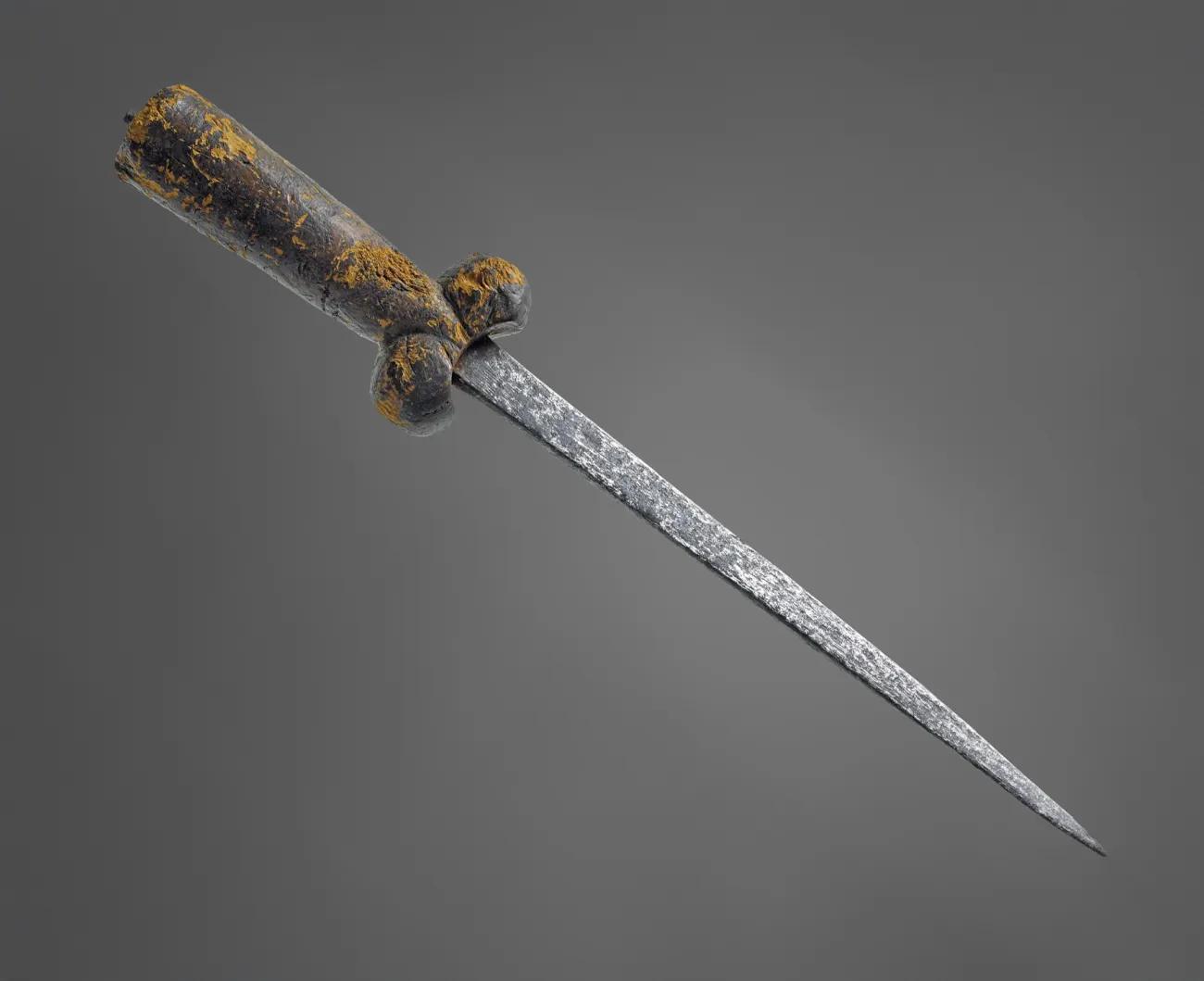

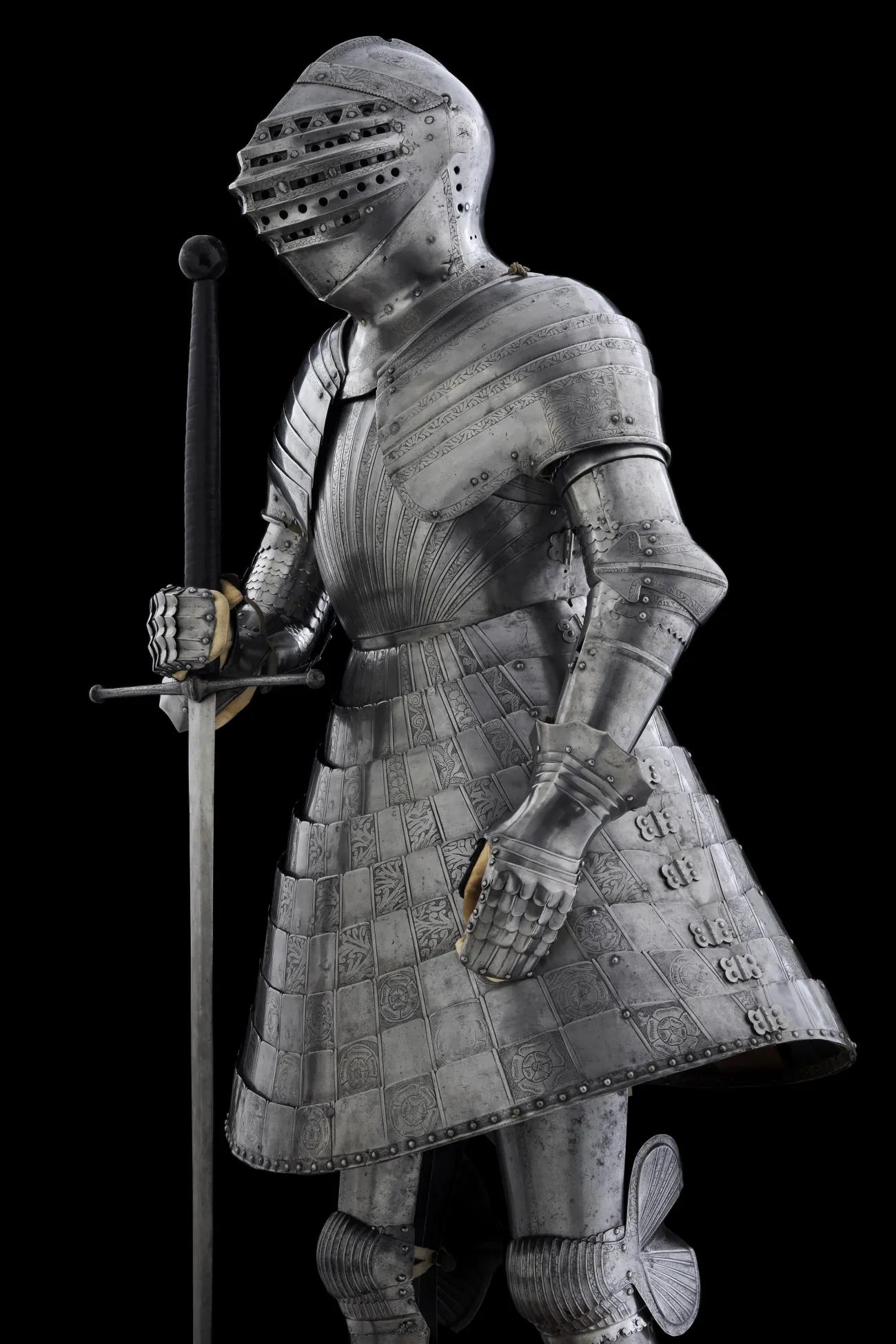

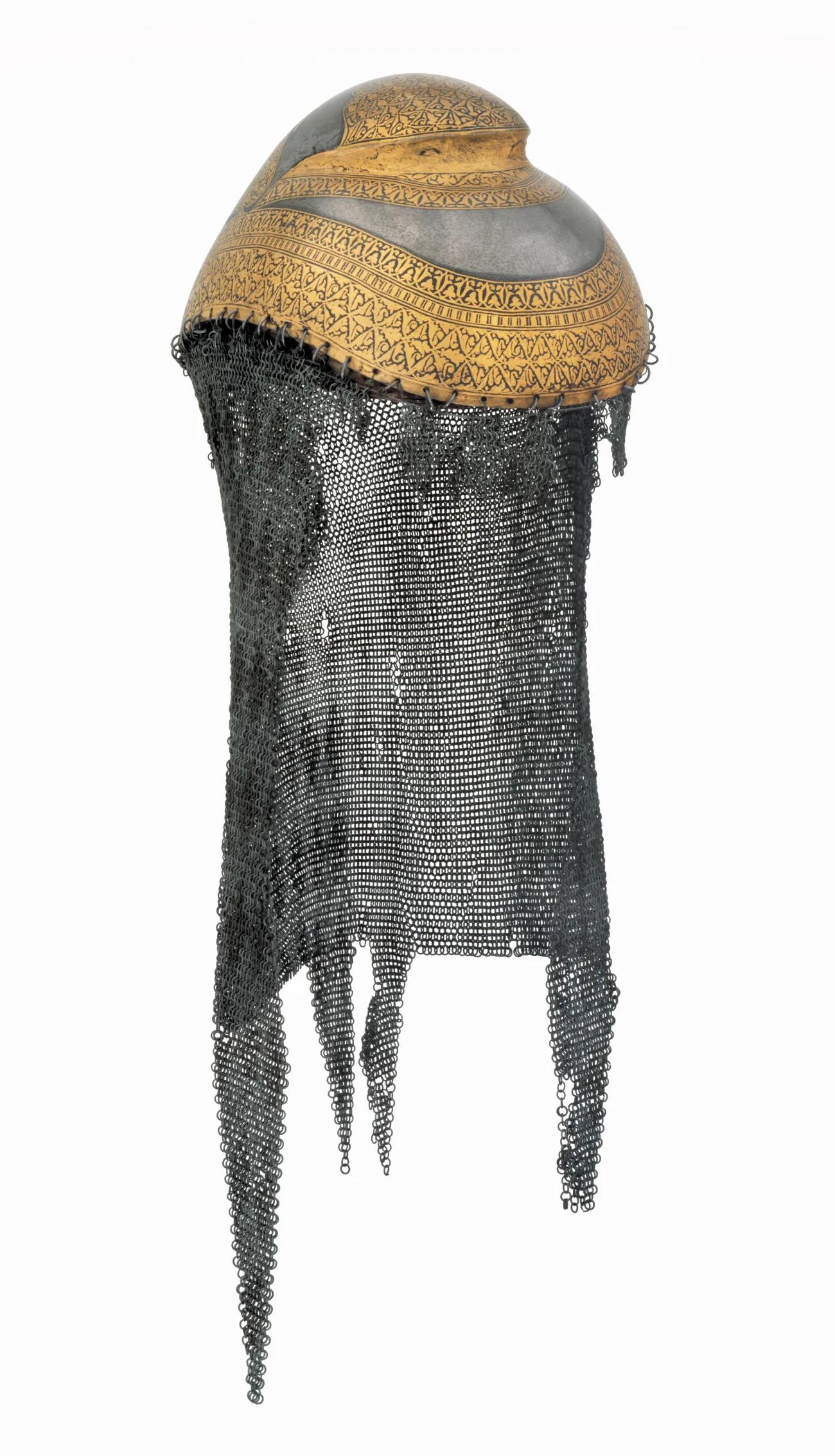
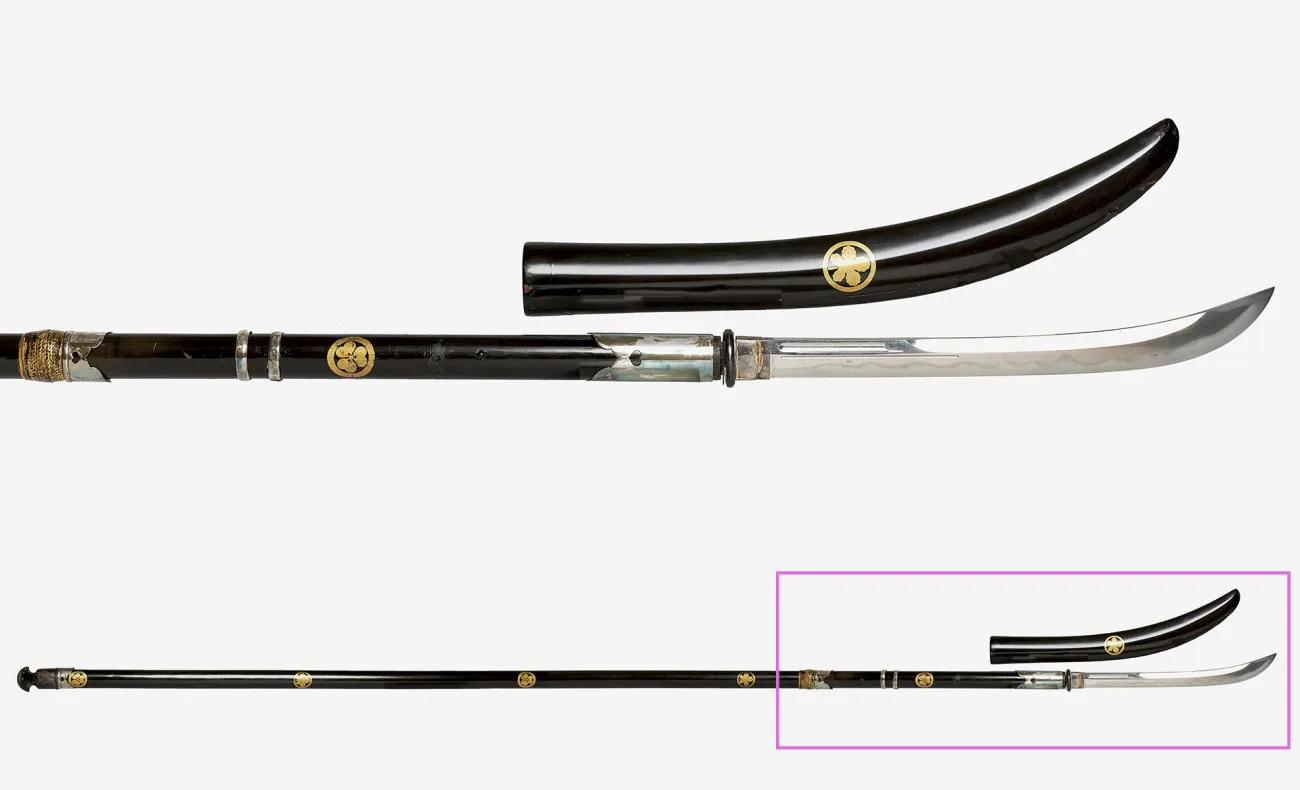
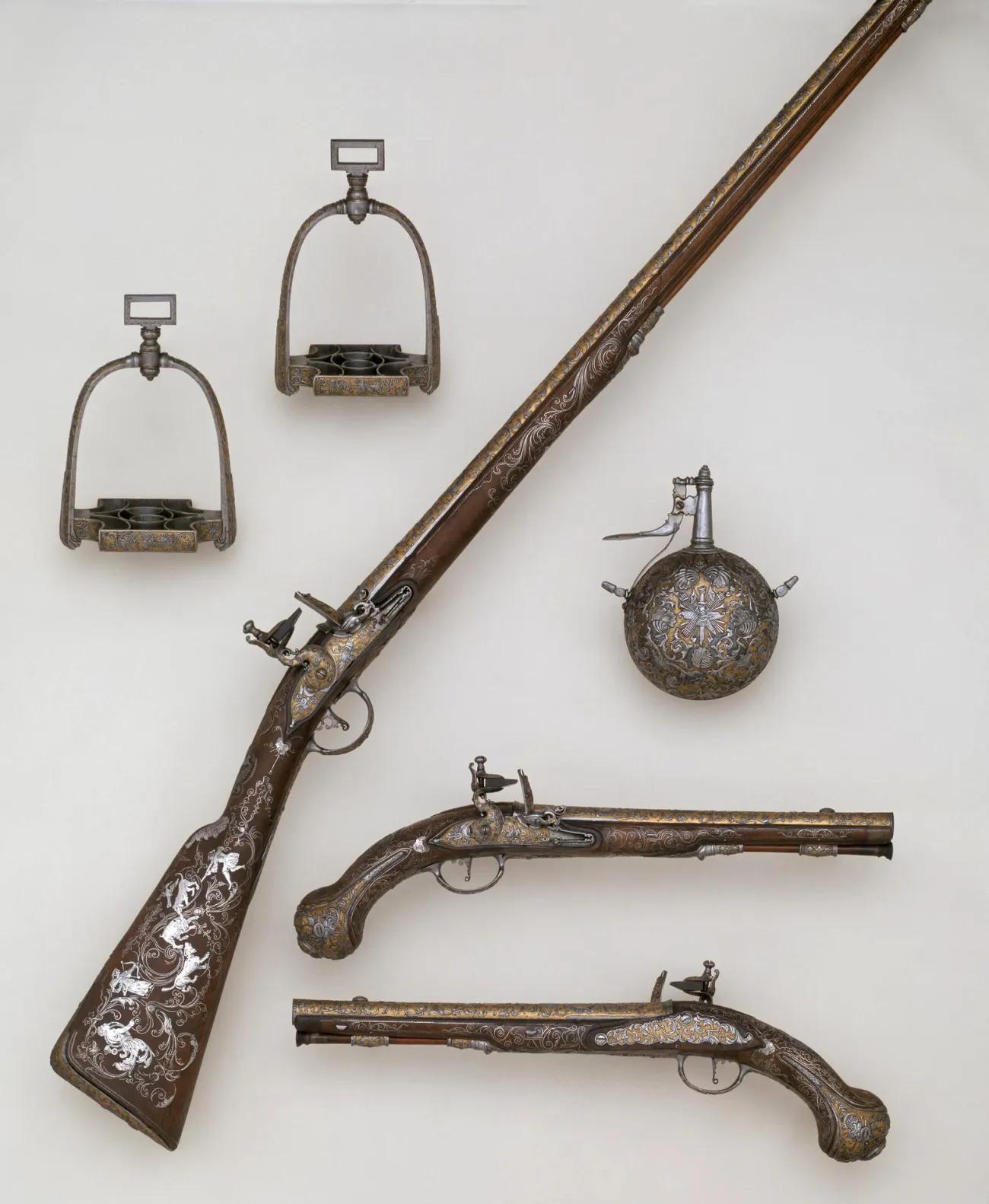
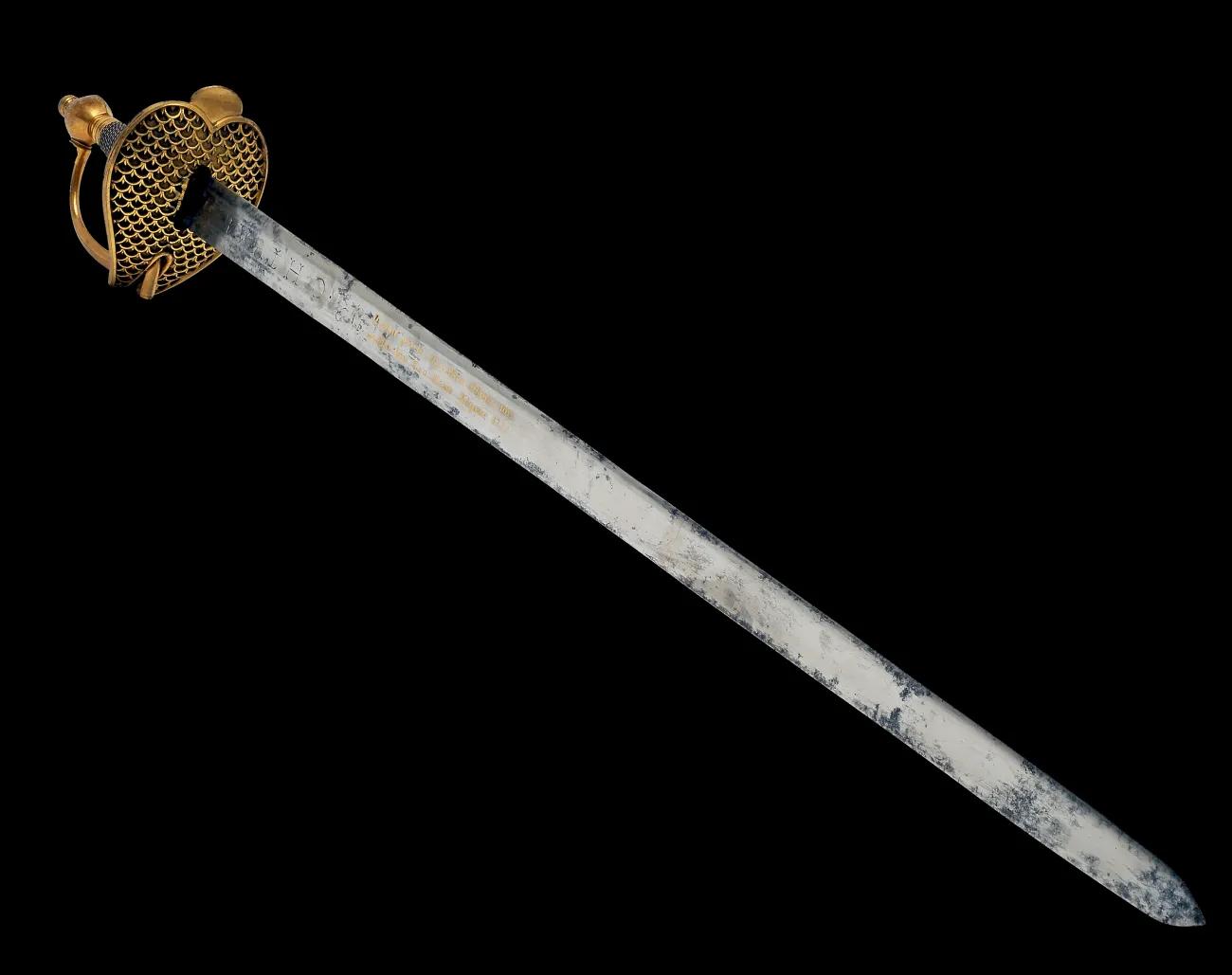
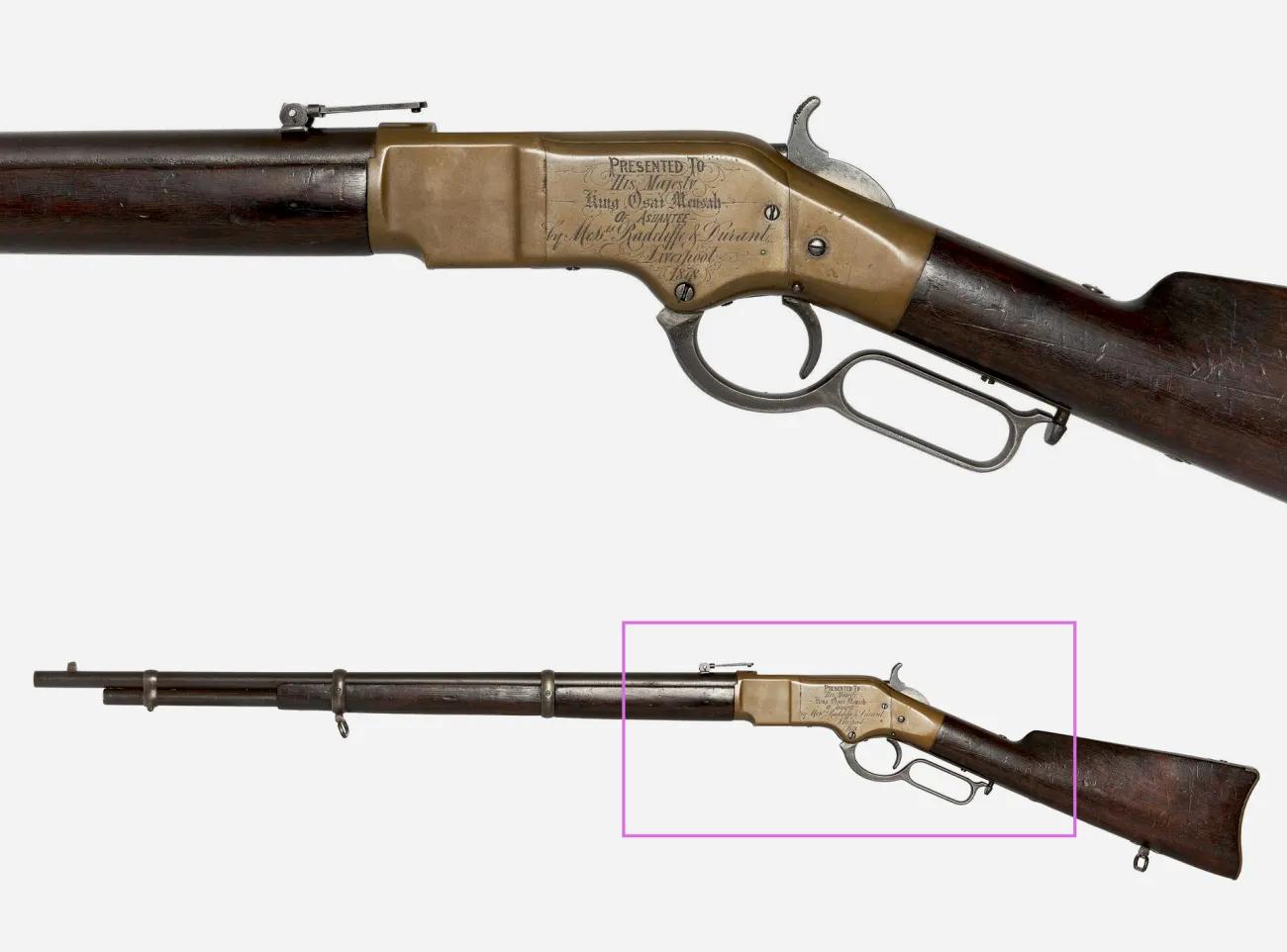
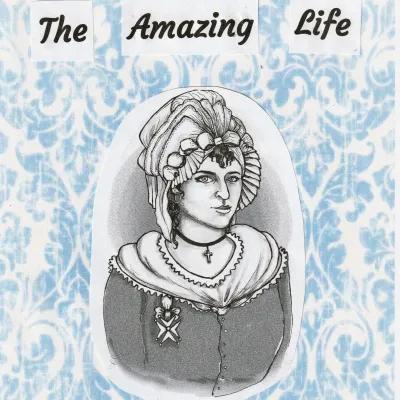
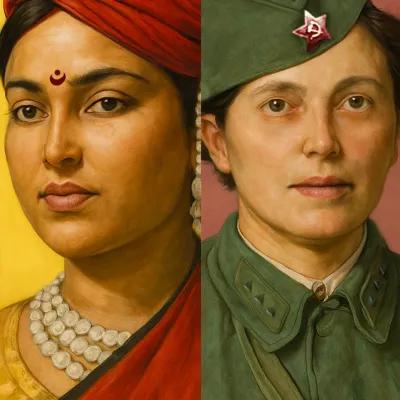
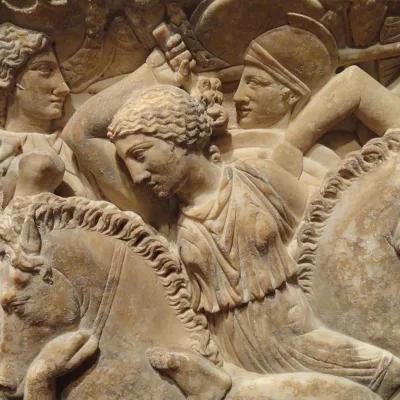
Join the conversation